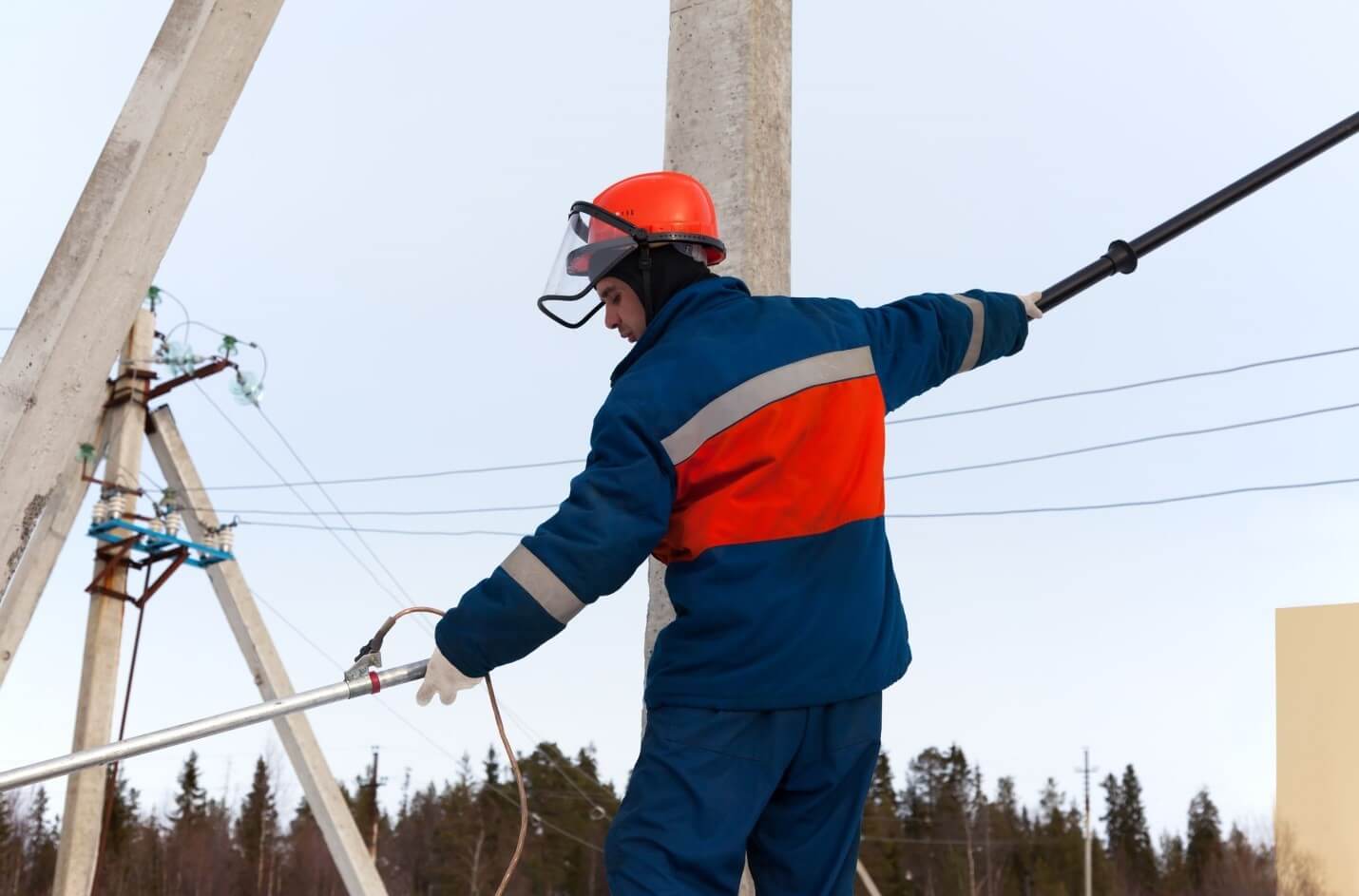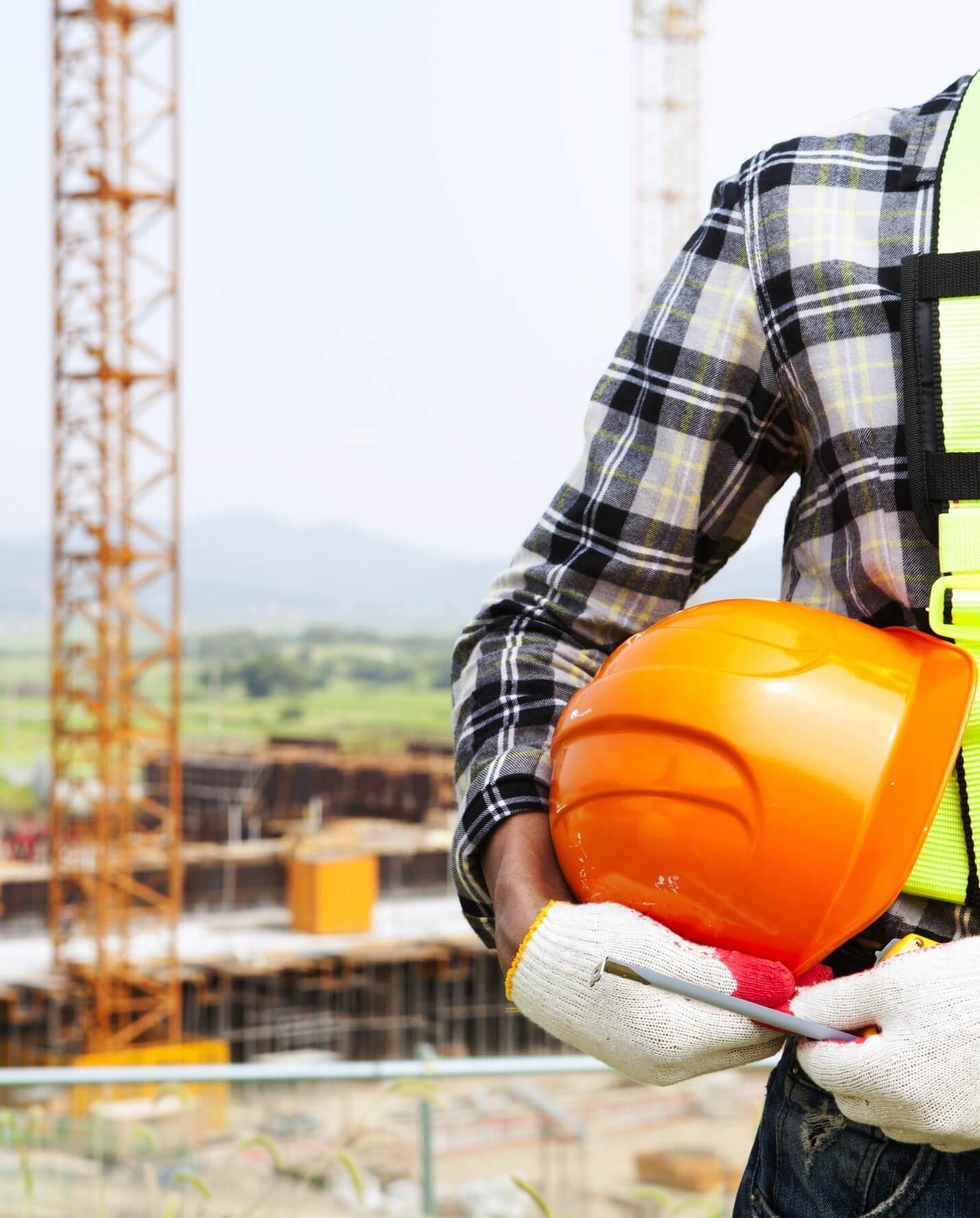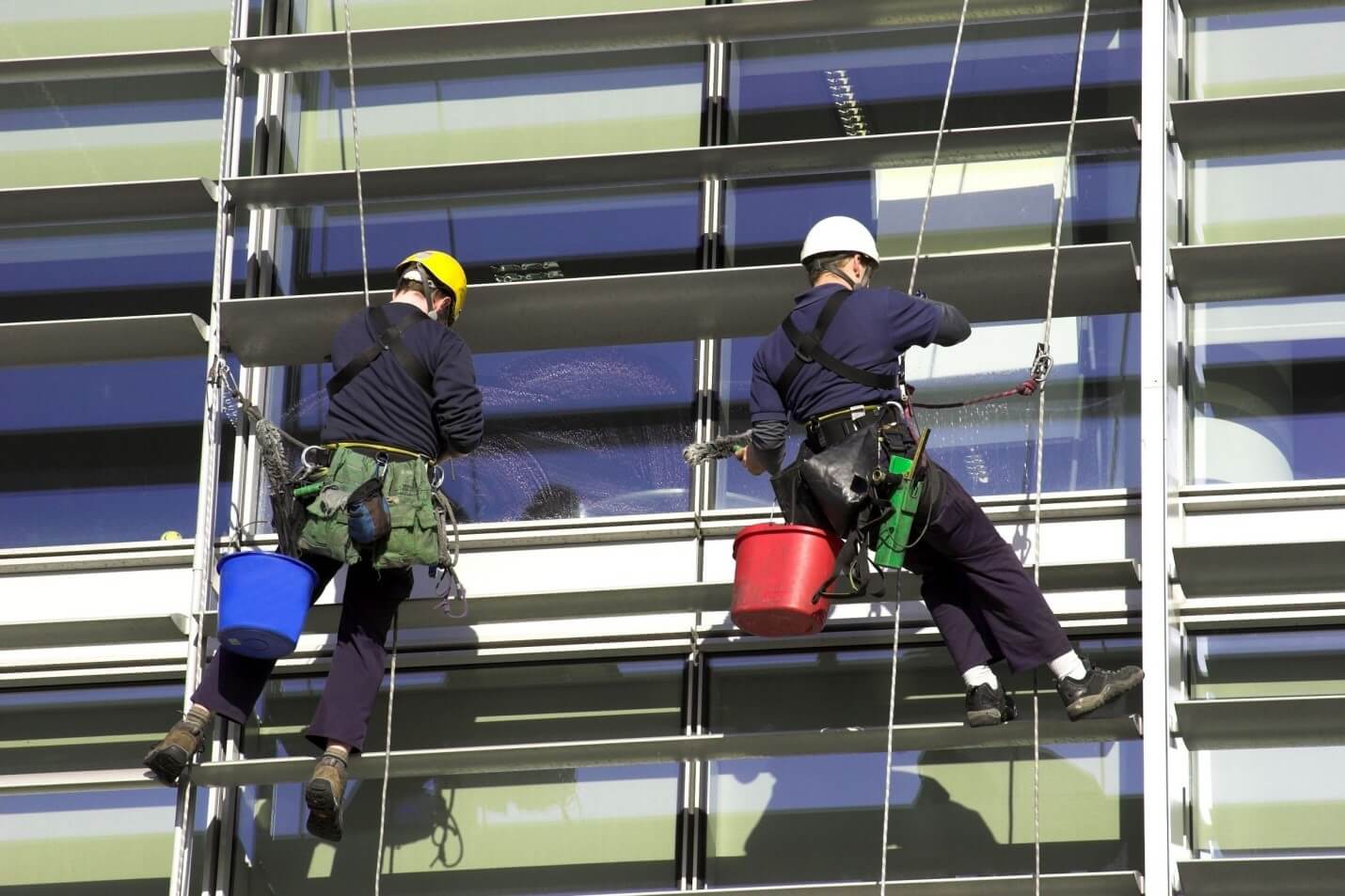Some jobs certainly don’t attract as much attention as others. For instance, telling someone you work as a plumber or on a construction site may not impress them as much as telling them you are an architect, photojournalist, or an astronaut. But construction jobs are some of the most underrated, if not for the growth and rewarding opportunities, then at least for the many dangers and risks workers are constantly exposed to. It may not be included in the job description, but working on construction sites often leads to injury, long-term disability, and death.
According to numbers published by the Occupational Safety & Health Administration, 3,945 workers died in private industries in 2012, of which nearly 20 percent were from the construction industry. The “Fatal Four” reasons of accidents of the industry include:
- Falls – the number one reason for worker injuries and fatalities, accounting for 36 percent of all deaths in the construction industry.
- Electrocutions – More than 60 people have been electrocuted, accounting for 9 percent of all deaths in the construction industry.
- Hit by object – considering the size and weight of materials and equipment used on construction sites, any contact between them and workers is likely to result in injury and even death. 78 workers were struck by objects in 2012, making up 10 percent of all fatalities in the construction industry.
- Caught in/between – 2 percent of workers who are caught in/between equipment on construction sites lose their lives (13 people died this way in 2012).
Despite the numerous efforts of OHSA to increase workers’ safety and bring forth effective ways to prevent injury and fatality in the workplace, the rate of injury and death has not decreased proportionally to their efforts. Workers may be much safer now than ten years ago (6,217 deaths in 1992 compared to 4,383 in 2012), but numbers provided by the Bureau of Labor Statistics show no significant difference between the rate of fatality reported between 2009 and 2012. For instance, the number of fatalities in 2009 was 879, only slightly higher than that recorded in 2012, of 849; the rate of injury and illness cases per 100 workers has dropped only by a few percentages from 2009 to 2012. Whether due to faulty equipment, poor communication between team members, or improper risk management training, workers continue to lose their lives in the workplace. Here are six reasons why:
1. Attitude of Workers towards Safety
Basically, all workers are informed and well aware of the safety precautions and dangers they’re exposed to. However, their attitude towards safety depends largely on age and experience, according to the results of the Safety Attitude Questionnaire (SAQ). For instance, the older workers with more experience may be less careful around equipment, thinking that accidents will not happen to them or, in any way, confident they can handle unforeseen situations with success. On the other hand, younger employees pay more attention to work safety and usually take more precaution measures at work.
2. Erring on the Human Side
No matter what safety precautions are implemented in the workplace, scientists believe there are certain permanent characteristics in a worker that make him/her more likely to cause or be involved in an accident. The Behavior Models, the Human Factors Models, and the Ferrel Theory are some of the theories pointing to human error as the root cause of workplace accidents, while also describing different corrective actions to eliminate it.
3. Poor Communication and Dissension between Team Members
An older report from Stanford University titled “Safety Problems in On-site Construction Work Processes” revealed that the lack of collaboration, poor communication between members of different departments, and dissension can lead to injuries in the workplace:
“In construction sites of this general constructor, verbal or written instructions of safety work procedures are offered by on-the -spot decision making at crew safety meetings or in planning and allocation daily meetings. One of those instructions is that every worker regardless of their position has to participate to keep the workplace in good housekeeping order. Nonetheless, because insufficient instruction, inadequate plans and workers’ negative attitude towards the supervisor, present construction sites are often cluttered with tools, packaging materials and waste materials such as, wood shaving, defective nails and boards. The conditions frequently result in human error occurrence associated with stumbling or slipping and stepping on sharp objects.”
4. Workplace factors
Aside from human error, many construction workplace accidents are attributed to faulty equipment and tools, as well as unsafe work areas. Uncovered holes, trenches, exposed stakes, and rebars may pose hazards to those coming across them, usually leading to injuries due to slips and falls.
Workers who go near an open-sided floor without paying attention to his steps may fall and get injured; the same may happen with workers who use staircases that have no handrails, offering no support during the climbing and causing workers to land on their sides or injure their heads. Stepladders are also a very important component among workplace factors likely to cause injury and long-term disability. Accidents occur when workers either fall from a tipped-over stepladder, leave tools on the top platform and then these fall on someone else’s head, or the ladder may simply break under the weight of a worker equipped with heavy tools.
Falling roofs are one of the leading causes of workplace accidents where no fall protection is ensured. Scaffolding problems that occur when someone unauthorized to erect scaffolds may overlook potential dangers, leading to materials falling off scaffolds and workers working on inferior levels getting hurt. When working in construction and using power tools, it seems like a no brainer to use protective equipment such as appropriate ear and eye protection, considering that a nail is shot from a gun with the same force as a .22 caliber bullet. Also, not wearing protective gloves and helmets may result in cuts and amputations.
5. Improper Risk Management Training
In a construction project, risk management’s goal is to identify the factors that might negatively influence or impact the cost schedule or quality objectives of the project and proceed to implement corrective measures to mitigate these risks. The riskier an activity is, the more dramatic will be the consequences of errors, thus risk management works by implementing measures to reduce the level of risk to a minimum.
According to a paper by researchers at the Engineering Management Department Center for Advanced Studies in Engineering, risks associated with the construction industry may be:
- Technical: inadequate site investigation, improper design, low-quality materials
- Logistical: proper transportation facilities and sufficient resources for construction equipment such as spare parts, fuel, and operators
- Management related risks: industrial relation problems, uncertain productivity of resources
- Environmental risks: natural disasters, weather implications
- Financial risks: inflation, delay in payment
Some of the benefits of effective risk management training implementation include minimizing uncertainty on projects, better decision-making processes, providing focus on essential problems, better work planning, easier to identify accountability, etc.
Risk management training is probably the most challenging – and less emphasized – part of a construction project. Project managers should be able to recognize and identify the causes of risk and trace them to their consequence. The use of risk management training from the early stages of a construction project, where essential aspects regarding quality of materials and labor are still not decided, is crucial for the outcome of the entire project and for making use effectively of the available resources.
6. Superficial accident investigation and under-reporting
Because construction accidents can rarely be attributed to a single cause, one of the most effective prevention methods includes accident investigation. Identifying the causes of an accident enables managers and owners to take proactive steps into controlling or eliminating so that the chance of similar future accidents is slim.
To be able to explain how an accident has happened – and how it can be prevented in the future – investigators must gather information and analyze the events surrounding the incident. Having this data, they should be able to identify the workplace conditions by looking at physical evidence and also eyewitness testimony. All these steps must be done immediately following the accident to ensure the best outcome, but most often, things are quite the opposite. Little attention is paid to workers injured on the job, if their injuries aren’t severe, and when they do have a case and are ready to file a claim, companies force them to accept unjust payouts.
Not to mention that only an insignificant percent of all construction injuries are actually reported, for various reasons: employers may not consider the injury work-related, they may not be clear about injury reporting regulations, or fail to report the injury at a later time in case it was initially deemed non reportable.
About the Author
Jeffrey Braxton is a trial lawyer in Fort Lauderdale who has devoted his 22-year career to the practice of personal injury law. As lead trial attorney for The South Florida Injury Law Firm, Jeff has litigated thousands of cases encompassing personal injury, civil, and business matters, his expertise and skillfulness ensuring his admission into the Million Dollar Advocates Forum, an exclusive group of attorneys who have resolved cases in excess of one million dollars.








